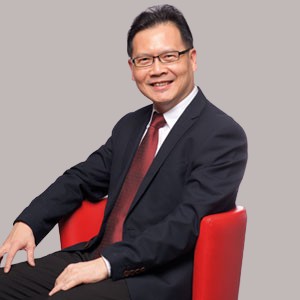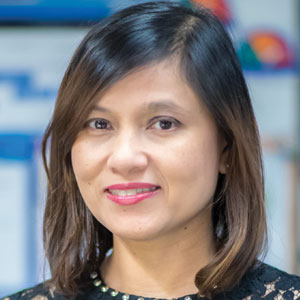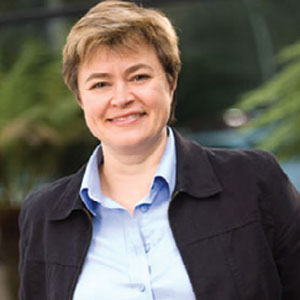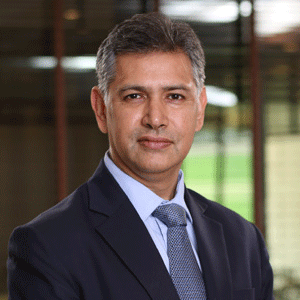THANK YOU FOR SUBSCRIBING

CircuitSutra Technologies: Redefining the Simulation Modeling Methodologies

 Umesh Sisodia, President & CEO
Umesh Sisodia, President & CEOCircuitSutra is ushering a revolution in the semiconductor industry by enabling customers to adopt an advanced electronic system level (ESL) design methodologies based on SystemC. Leveraging ESL methodologies not only helps semiconductor companies reduce the time to market for their products, but also aids in designing products that are better optimized for power, performance, and cost. “We aim to be the catalyst for accelerated adoption of ESL methodologies,” says Sisodia.
When it comes to large-scale adoption of the ESL methodology, one of the challenges in the industry, as Sisodia points out, is the paucity of resources with the right kind of skills. “Many SystemC professionals in the industry are not necessarily C++ experts,” Sisodia affirms.
ESL-based modeling requires a different approach compared to conventional RTL methodologies, and engineers need to understand the use case and develop models at the right level of abstraction, both, in terms of timing and interfaces. Usually, customers have aggressive deadlines, which leave them with insufficient time to onboard and train new resources on these modeling concepts. CircuitSutra alleviates this concern for clients. “We have performed a detailed skills mapping analysis and defined the processes through which we are able to groom our team members to acquire these diverse, yet critical, skill sets,” clarifies Sisodia.
A key aspect for CircuitSutra is its collection of reusable modeling infrastructure, using which companies can jump-start their projects, instead of beginning the whole process from scratch. “We call this repository—CircuitSutra Modeling Library (CSTML) and it has become a key facet of our turnkey offerings,” says Sisodia.
Furthermore, in contrast to traditional linear business models, CircuitSutra employs a shift left philosophy. “Our shift left approach is an effort to coordinate the co-development of platform hardware and software. It ensures that all the critical code needed to make the product viable for customers is designed and tested in the first go, thus making the process faster,” remarks Sisodia. CircuitSutra is also deploying a new standard ‘Portable Stimulus’ to define the verification flows that can scale all the way from System to SoC to IP level, and also work across multiple implementations, i.e., C models, RTL models, FPGA /Emulators and Hybrids, etcetera.
These simulation methodologies are going to play an important role in the emerging trends in the semiconductor industry. A specialized SoC for deep learning and artificial intelligence is one such emerging trend. Risc-V, an open source instruction set architecture is enabling a new era of processor innovation. Initial trends indicate that Risc-V will replace the proprietary processor architectures for the minion cores and co-processors. In the long term, it may find its way to become one of the mainstream alternatives. CircuitSutra is in the process of fine-tuning its modeling methodologies for these areas.
The company’s approaches have brought umpteen recognitions to CircuitSutra. Today, CircuitSutra’s clientele includes some of the top names in the semiconductor and electronic system realm. Sisodia believes the opportunity for CircuitSutra in the simulation industry is immense. Moving ahead, “We are poised to explore and experiment with new ideas and approaches that can redefine the simulation market worldwide,” he concludes.
We aim to be the catalyst behind the accelerated adoption of ESL methodologies
Furthermore, in contrast to traditional linear business models, CircuitSutra employs a shift left philosophy. “Our shift left approach is an effort to coordinate the co-development of platform hardware and software. It ensures that all the critical code needed to make the product viable for customers is designed and tested in the first go, thus making the process faster,” remarks Sisodia. CircuitSutra is also deploying a new standard ‘Portable Stimulus’ to define the verification flows that can scale all the way from System to SoC to IP level, and also work across multiple implementations, i.e., C models, RTL models, FPGA /Emulators and Hybrids, etcetera.
These simulation methodologies are going to play an important role in the emerging trends in the semiconductor industry. A specialized SoC for deep learning and artificial intelligence is one such emerging trend. Risc-V, an open source instruction set architecture is enabling a new era of processor innovation. Initial trends indicate that Risc-V will replace the proprietary processor architectures for the minion cores and co-processors. In the long term, it may find its way to become one of the mainstream alternatives. CircuitSutra is in the process of fine-tuning its modeling methodologies for these areas.
The company’s approaches have brought umpteen recognitions to CircuitSutra. Today, CircuitSutra’s clientele includes some of the top names in the semiconductor and electronic system realm. Sisodia believes the opportunity for CircuitSutra in the simulation industry is immense. Moving ahead, “We are poised to explore and experiment with new ideas and approaches that can redefine the simulation market worldwide,” he concludes.

I agree We use cookies on this website to enhance your user experience. By clicking any link on this page you are giving your consent for us to set cookies. More info













